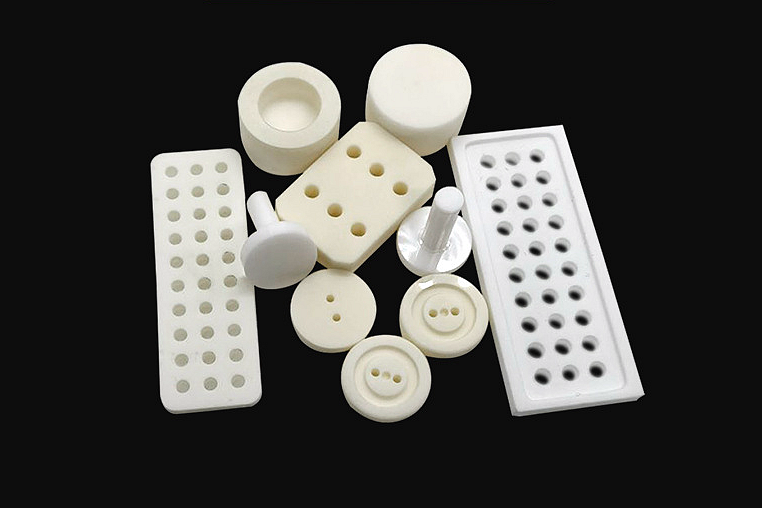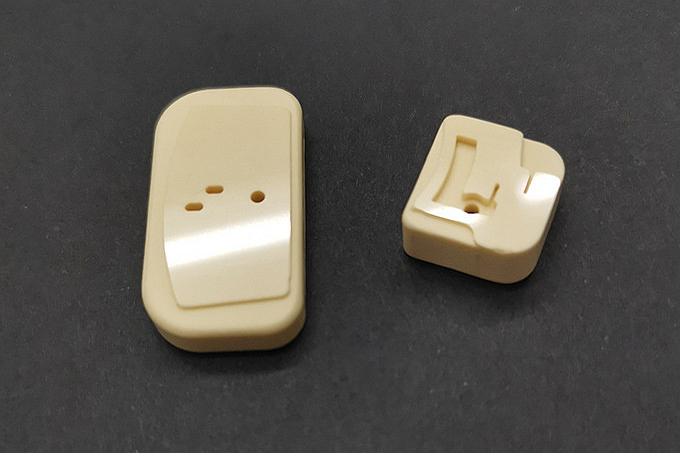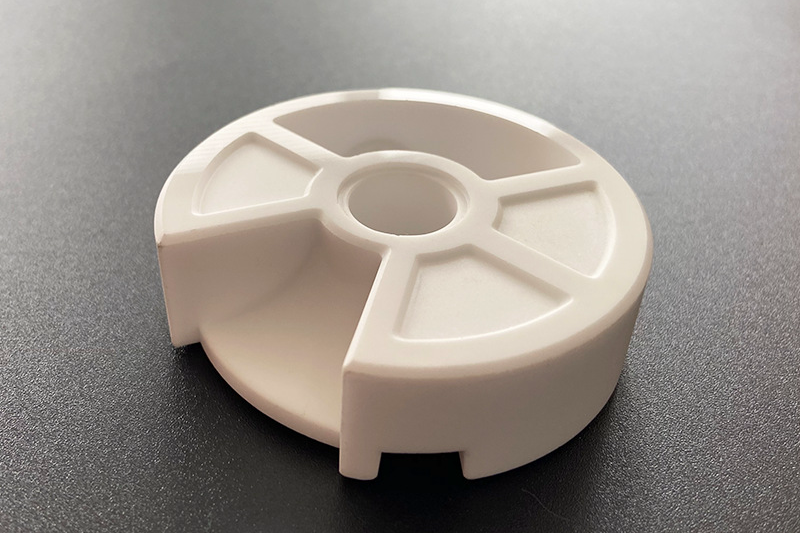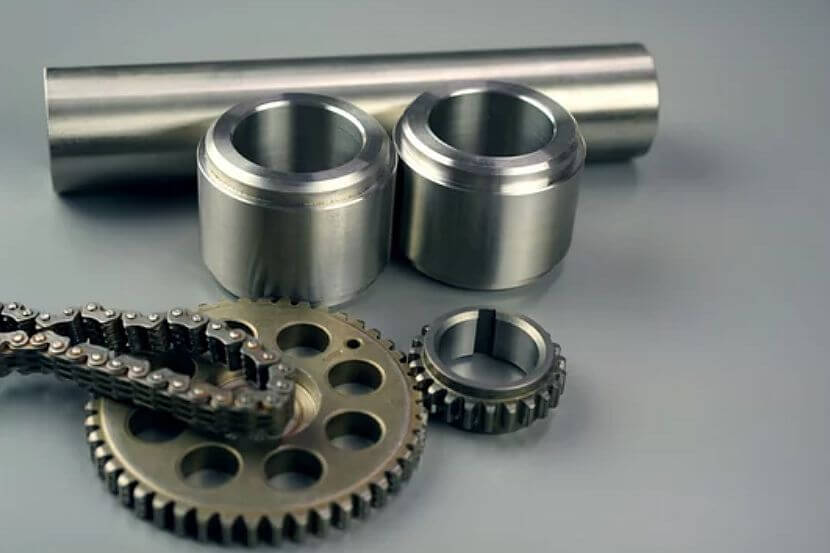Can ceramics be injection molded?
Can ceramics be injection molded?
The short answer is that ceramics can be injection molded technically, but the process is more complex than plastic injection molding. Injection molding involves heating plastic pellets to a molten state and injecting the material into a mold cavity under high pressure. Once cooled, the plastic solidifies and takes the shape of the mold. This process works well for plastics due to their low melting points and flow characteristics.

Ceramics, on the other hand, have much higher melting points and are generally not molten at temperatures suitable for conventional injection molding. Their unique properties make them challenging to process using traditional methods. However, some specialized techniques and advancements have made ceramic injection molding (CIM) possible.
One of the methods used for CIM is called "powder injection molding" (PIM), Similar to metal powder injection molding. In this process, ceramic powders are mixed with a binder material to form a feedstock that can be injected into the mold. The binder is a temporary bonding agent, holding the ceramic particles together during molding. After molding, the green part still needs additional processing to remove the binder and then undergo a sintering process, where the ceramic particles fuse to achieve the final density and strength.
Ceramic Injection Molding Steps
It's important to note that the CIM process can vary depending on the specific ceramic materials, binder systems, and equipment used. Each step requires careful control and optimization to produce high-quality ceramic components successfully. Ceramic Injection Molding (CIM) is a specialized manufacturing process that allows for the production of complex ceramic parts. The steps involved in the CIM process typically include the following:
1. Feedstock Preparation:
The first step in CIM is to prepare the feedstock, a mixture of ceramic powders and a polymer binder. The ceramic powders determine the material properties of the final part, while the binder provides temporary cohesion to the powders during molding. The powders and binders are thoroughly mixed to create a homogenous feedstock.
2. Injection Molding:
The feedstock is loaded into an injection molding machine. The machine heats the feedstock to a temperature where the polymer binder becomes molten and injects the material into the mold cavity under high pressure. The mold is typically made from steel and designed to the desired ceramic part's exact shape and dimensions.
3. Debinding:
After filling the mold, the injected part is removed and undergoes debinding. This step involves removing the polymer binder from the green (un-sintered) part. Debinding is often achieved through thermal, solvent, or catalytic methods, depending on the type of binder used. The debinding process is crucial to eliminate any organic material that could cause defects or impurities during sintering.
4. Sintering:
The green ceramic part is subjected to a sintering process once the binder is removed. Sintering involves heating the part to a high temperature but below its melting point. The ceramic particles diffuse and bond during this process, resulting in a densified ceramic solid component. Sintering is critical in transforming the porous green part into the final dense ceramic material.
5. Post-Processing:
After sintering, the ceramic parts may undergo additional post-processing steps, such as grinding, polishing, or PVD coating, to achieve the desired surface finish and dimensional accuracy. Post-processing helps ensure the final ceramic parts meet the required specifications and quality standards.
6. Inspection and Quality Control:
Quality control measures are taken throughout the CIM process to monitor the feedstock, molding, debinding, and sintering stages. It includes inspecting the molded parts for defects, measuring dimensional accuracy, and conducting various tests to assess the mechanical and material properties of the finished ceramics.
7. Finishing and Assembly:
In some cases, the finished ceramic parts may require further finishing, such as machining or surface treatments, to meet specific application requirements. After finishing, the ceramic parts may be assembled with other components to create the final product, such as electronic devices, medical implants, or industrial components.
The CIM process thus allows complex ceramic parts to be mass-produced. It combines the design flexibility of plastic injection molding with the performance of advanced structural ceramics. CIM is widely used to make components for automotive, aerospace, electronics, and biomedical applications. With innovations in feedstock and binder systems, CIM continues to enable new ceramic components with complex geometries.



